By Bruce L. Brager
In June 1961, Walter Ulbrecht, longtime Communist party leader of East Germany, denied that his government had any intention of building the Berlin Wall, which would separate East and West Berlin. “The construction workers of our capital are for the most part busy building apartment houses, and their working capacities are fully employed to that end,” Ulbrecht said indignantly. “Nobody intends to put up a wall.”
On first glance, constructing a wall seemed a drastic solution to a major East German problem, the hemorrhaging of the “best and brightest” to freedom in the West. The wall would cut off the flow of people between the two parts of the city, which helped the economy of both sides. Putting up a wall would also provide the West with a ready-made symbol for the oppressive nature of a tyrannical system that needed a wall to keep its own people from leaving.

The Berlin Airlift
By 1961, Berlin had long been a symbol of freedom and resistance to Communist expansionism during the Cold War. The conflict began in late June 1948, when the Soviet Union cut off all land communications to West Berlin. Within days, all supplies to the city, including electricity, were cut off. General Lucius Clay, the commander of American forces in Germany, immediately proposed that an armored convoy fight its way into Berlin. The British commander in Germany, General Sir Brian Robertson, rejected the idea as too dangerous. Robertson had already anticipated the Soviet move and had been preparing an alternative. British figures showed that it would be possible to fly food and supplies, particularly coal, into Berlin by air. The Allied governments quickly approved, and the first flights began on June 26.
Technical problems had to be worked out. Landing fields in Berlin were not equipped to receive coal. Some B-29 bombers had been sent from Great Britain as a kind of subtle threat to Soviet leader Joseph Stalin. One of these B-29s had its bomb bay loaded with coal. It flew low over the Berlin Olympic Stadium, site of the Jesse Owens-dominated 1936 Olympics, and opened the doors. Unfortunately, when the coal hit the floor of the stadium it was pulverized into useless dust. For subsequent drops, the coal was wrapped in canvas bags, which made it possible to unload the cargo normally.
With flights eventually landing in Berlin 24 hours a day, sometimes only one minute apart, accidents were sure to happen. The first crash occurred on July 9. Two weeks later, a C-47 coming into Berlin’s main Tempelhof Airport crashed into an apartment building. The two pilots were killed and the building was damaged, but there were no casualties on the ground. Berliners put up a plaque at the crash site reading, “You gave your lives for us,” and brought flowers every day.

The Berlin blockade ended on May 4, 1949, and the airlift stopped soon afterward. On June 20, the four occupying powers formally agreed to ensure normal functioning of rail, water and road transport between Berlin and West Germany. During the 11 months of the airlift, 2.3 million tons of food, fuel, and medical supplies had been flown into the city.
Lessons of the Airlift
The Americans and British learned several lessons from the airlift. First, they learned restraint, but also the need to demonstrate an ongoing commitment to the people of Berlin, Germany, and all of Western Europe. Technically, as the Soviets noted, Berlin was behind the Iron Curtain. But Berlin was an outpost of freedom, a symbol of Western commitment to democracy. The Iron Curtain was not just a border between democracy and Communism, but also a defensive line for democracy, a limit to the expansion of Soviet control in Europe. Maintaining that border required both a practical and a verbal commitment. The Americans and British rejected a direct ground attack on Soviet forces. The Soviets, for their part, made sure never to intentionally shoot down any airlift planes. With some dramatic exceptions, this practice evolved into a system of “managing” the Cold War, in Europe and elsewhere. Outside of Berlin, every major confrontation of the Cold War would occur in such peripheral areas as Korea and Cuba.
Kennedy Squares off Against Khrushchev
The American presidential election of 1960 guaranteed a generational change in leadership. Incoming Democratic President John F. Kennedy believed that his Republican predecessor, Dwight D. Eisenhower, had not been tough enough with the Soviets. Kennedy would stand up to the Soviets in Europe and the developing world. At the same time, he would respond to any hopeful signs of Soviet desire to cooperate. Kennedy said in his Inaugural address that he would “never negotiate out of fear, but never fear to negotiate.”

Kennedy’s message to the Soviets may have been a bit confusing, conveying elements of both confrontation and cooperation. Kennedy, however, was also responding to a tough-minded speech Nikita Khrushchev made on January 6, 1961. As a Soviet expert noted at the time, “There is a new administration and [Khrushchev] feels compelled to show that he is not going to be intimidated, that he is going to continue on his merry way. He wants to test our resolution, as he has done in earlier instances. Above all, he wants to intimidate the new leaders. An old Communist trick is to execute ‘tests of strength’ at the beginning of a new administration to find out how far they can go.”
At a face-to-face meeting with Kennedy in Vienna that spring, Khrushchev came out swinging, doing his best to intimidate the new president, who was about 20 years younger than the Soviet leader. Khrushchev declared that the Soviets were bound to eventually win the battle of ideas. Kennedy warned about the dangers of nuclear war by miscalculation, at which point the Soviet leader angrily responded that the Soviets did not make war by miscalculation. The most ominous point of the meeting came near the end, when Khrushchev announced that he was going to sign a peace treaty with East Germany in December. This would give the Western allies six more months of free access to West Berlin. Kennedy assumed that Khrushchev meant that the West would be expelled after six months. Khrushchev likely meant merely that the West would have to renegotiate a new long-term agreement with the East German government.
“The Endangered Frontier of Freedom Runs Through Divided Berlin”
On June 4, 1961, the Soviets issued a document demanding a four-power conference to come up with a peace treaty for both Germanys and a final settlement of the Berlin issue. They were willing to accept another temporary settlement, but only for a limited and specific period of time. Should the West not agree to Soviet conditions, the Soviets would sign a separate treaty with East Germany. The West would then have to negotiate access with East Germany. The Soviets were going public with what Khrushchev had told Kennedy privately at their meetings.

The Americans’ response to the Soviet note was cleared in advance with their European allies. There were some curious differences of opinion, with Great Britain favoring negotiation and France and West Germany wanting to stand firm. The United States finally decided to express a willingness to negotiate, but to refuse to do so under pressure. The official American reply declared that “with regard to Berlin, the United States is insisting on, and will defend, its legal rights against attempts at unilateral abrogation because the freedom of the people of West Berlin depends upon the maintenance of these rights.”
Kennedy spoke to the nation on July 25, 1961, declaring the American intention not to back down over Berlin. “The endangered frontier of freedom runs through divided Berlin,” Kennedy said. Concrete measures included sending a 1,500-man military force from West Germany to Berlin, accompanied by Vice President Lyndon Johnson. It was allowed to pass. A scary postscript occurred in October, with a brief face-off by American and Soviet tanks at the border. Both sides soon withdrew their forces.
Emigration from the East
The underlying cause of the new Berlin crisis was not just Soviet bluster or Khrushchev playing power politics within his own government. The Iron Curtain effectively did not yet exist between East and West Berlin. People went back and forth daily by the thousands. However, sizable numbers of people who went across to West Berlin stayed there permanently. East German border controls tried increasingly to stop those who were fleeing. People with luggage got particular attention at the border, as did families traveling together. The creators of a security-based, arbitrary border could not continue to tolerate its effective nonexistence in one key location, especially when this endangered the total border.

Fleeing to West Berlin had some risk, although nothing close to later situations. Those who fled were people with the most initiative. They also tended to be the more economically productive members of society, the more talented and better educated. Nearly 200,000 people fled East Germany in 1960, the population of a good-sized city—and not just any city, but a very productive one at that. Khrushchev’s aides, presumably not in their boss’s presence, had begun joking that “soon there will be no one left in the GDR except Ulbrecht and his mistress.”
The continuing emigration risked destroying the entire production capacity of East Germany. The East German government and its Soviet protectors simply could not allow this to continue. On Friday, August 11, some 1,532 people fled East Berlin. This was actually down 200 from the day before. The next day an additional 2,662 people fled to the West. On Sunday, August 13, the East Germans began to carry out their solution to the refugee problem. Soon after midnight, the American mission in Berlin received a phone call noting a considerable decrease in rapid rail traffic to the West. “The trains ran into the East and weren’t coming back again,” said the message. West Berlin taxi drivers were spreading the word to each other not to accept fares to the East, for fear of not being able to return.
A Warsaw Pact press release declared, “The present traffic situation on the borders of West Berlin is being used by the ruling circles of West Germany and the intelligence agencies of the NATO countries to undermine the economy of the German Democratic Republic. Through deceit, bribery and blackmail, West German bodies and military interests induce certain unstable elements in the German Democratic Republic to leave for West Germany. In the face of the aggressive inspirations of the reactionary forces of West Germany and its NATO allies, the Warsaw Pact proposes reliable safeguards and effective control be established around the whole territory of West Berlin.”
Building the Berlin Wall
The East Germans were closing the border. Ulbrecht, despite his earlier statements, had gotten Soviet permission to build a wall. The wall actually started out as barbed wire emplacements blocking off exits, with the actual wall being constructed a few months later. The afternoon the wall was started, a young boy talked his way across the wall. The guard who let him go was spotted and arrested for his troubles. Most guards did not react so nicely. On August 19, Rudolf Urban fell from a building while trying to cross the wall. He died in the hospital a week later. Five days later, Günter Litwan, 24, was shot by border guards while trying to cross, the first of some 250 people to be killed attempting to escape. An estimated 5,000 managed to escape in the 28-year history of the wall. This was less than the week’s totals before the wall was built.

The United States and its allies could do little to counteract the wall, which was built entirely on East German territory. By creating the artificial border of the Iron Curtain, East Germany in essence created itself as a real government, however questionable its long-term legitimacy. As such, it had the recognized right to seal its own borders. The West had to be content with protests and with using the wall as a physical symbol of the failures of European Communism.
In the wake of the wall’s construction, East and West Germany became accepted as mutually legitimate governments. The dream of eventual reunification, however, never went away entirely, with experts confidently predicting that one day it would happen. No one anticipated just how soon it would happen.
Mass Emigration Begins Anew
In August 1989, a large group of East Germans were at a picnic in Hungary. The Hungarians had already removed the border fortifications facing Austria; they now opened the gates. Some 661 East Germans celebrated European Unity Day by walking across the border into Austria. Eventually, 325,000 East Germans joined them, a far greater number than in 1961. And the same types of people were fleeing now—the young and educated. With Soviet President Mikhail Gorbachev’s permission, the Hungarians made no effort to stop the flow.

Early in October, Gorbachev visited East Germany, where he was greeted by huge, cheering crowds. A few days later, 100,000 East Germans demonstrated for democracy in Leipzig, near Berlin, the largest unauthorized demonstration in Germany since 1953. Erich Honecker, East German Communist Party leader since 1971, was removed from office a few days later, to be replaced by Egon Krenz. Krenz had a reputation as a hard-liner when he was head of domestic security. However, a few weeks earlier he had persuaded Honecker to revoke an order to use armed force against the demonstrators. Between 500,000 and 1,000,000 people demonstrated in East Berlin on November 4. In that week alone, 50,000 East Germans fled west through Czechoslovakia.
The Berlin Wall Comes Down
November 9, 1989, would come to be considered one of the most important days in world history. That morning, attempting to solve the problem of refugees crowding into Prague, the East German government passed new regulations to permit freer travel with visas. Basically, the Krenz government was opening the borders. Crowds began to gather that evening at the Berlin Wall. A photographer watching from the Western side of the wall noted that “by now the Guards didn’t look aggressive and they had not a clue what was going on. They didn’t pull back behind the wall in formation. They looked very undecided among themselves. First one or two pulled back, then a few more, then a few more.”
Crowds that evening on both sides of the wall were so great that local border commanders, unable to reach central headquarters for instructions, ordered the gates in the Berlin Wall opened. One commander told his men, “We don’t need to press our rights, we need to just let this happen. This is a moment for the German people.” The commander at another checkpoint, Bornholmer Strasse, was concerned about the crowds on both sides and the potential for serious trouble. Getting no help from his immediate superior, the harried commander told his men, “It cannot be held any longer. We have to open the checkpoint. I will discontinue the checks and let the people out.” When he called his wife to tell her what was happening, she thought at first that he was joking.
The evening newsbreaks on American television featured some of the most remarkable images ever seen. It was about 4 am in Berlin. People were not only crossing the Berlin Wall, they were dancing on top of the symbol of the Cold War, the physical manifestation of the Iron Curtain. Discussing his decision to open one checkpoint, an East German border commander was told by an associate, “That’s it, that’s the end of the GDR.” He was correct. East Germany survived the fall of the Iron Curtain by only a year. Germany was reunited on October 3, 1990.
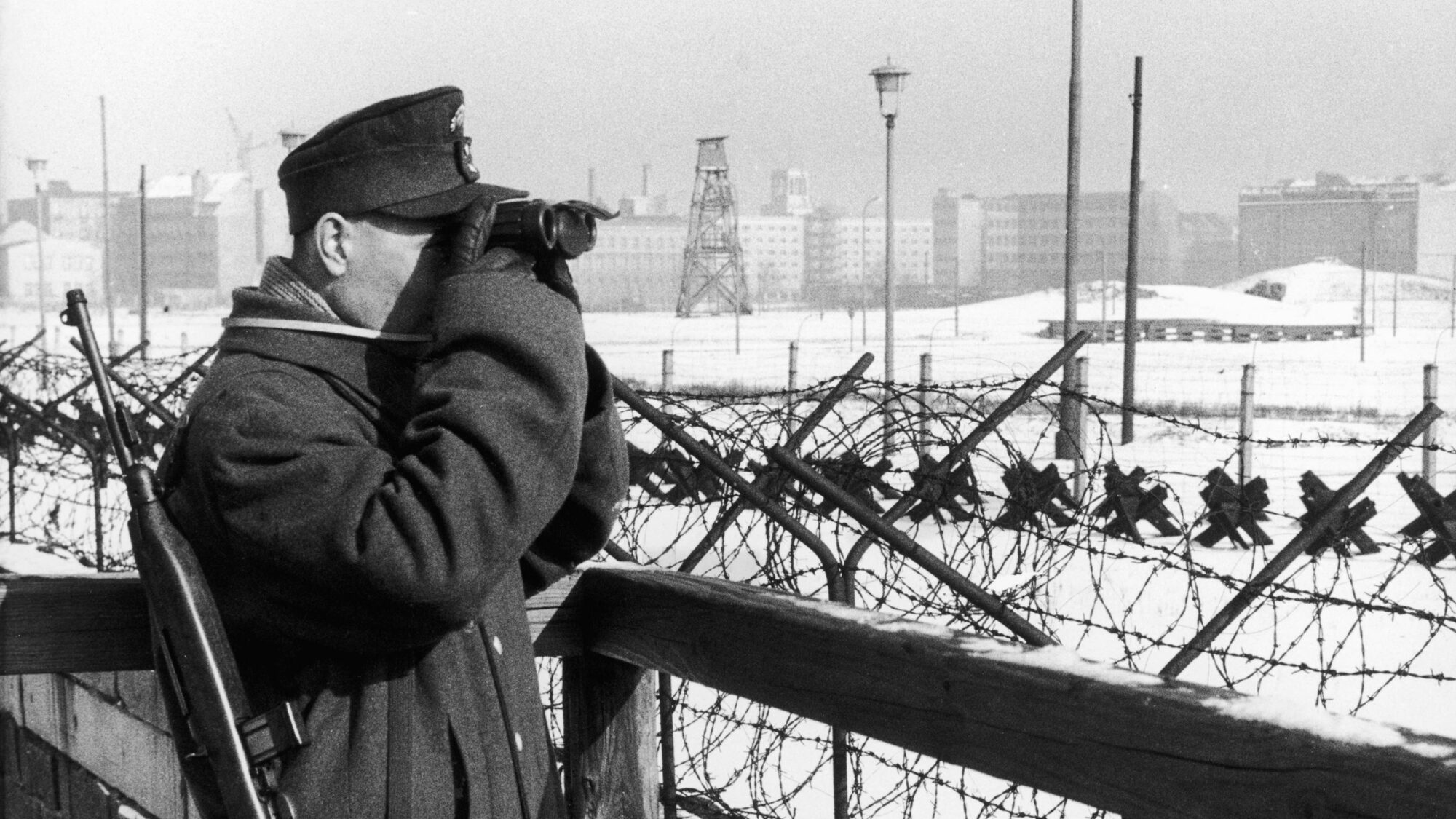
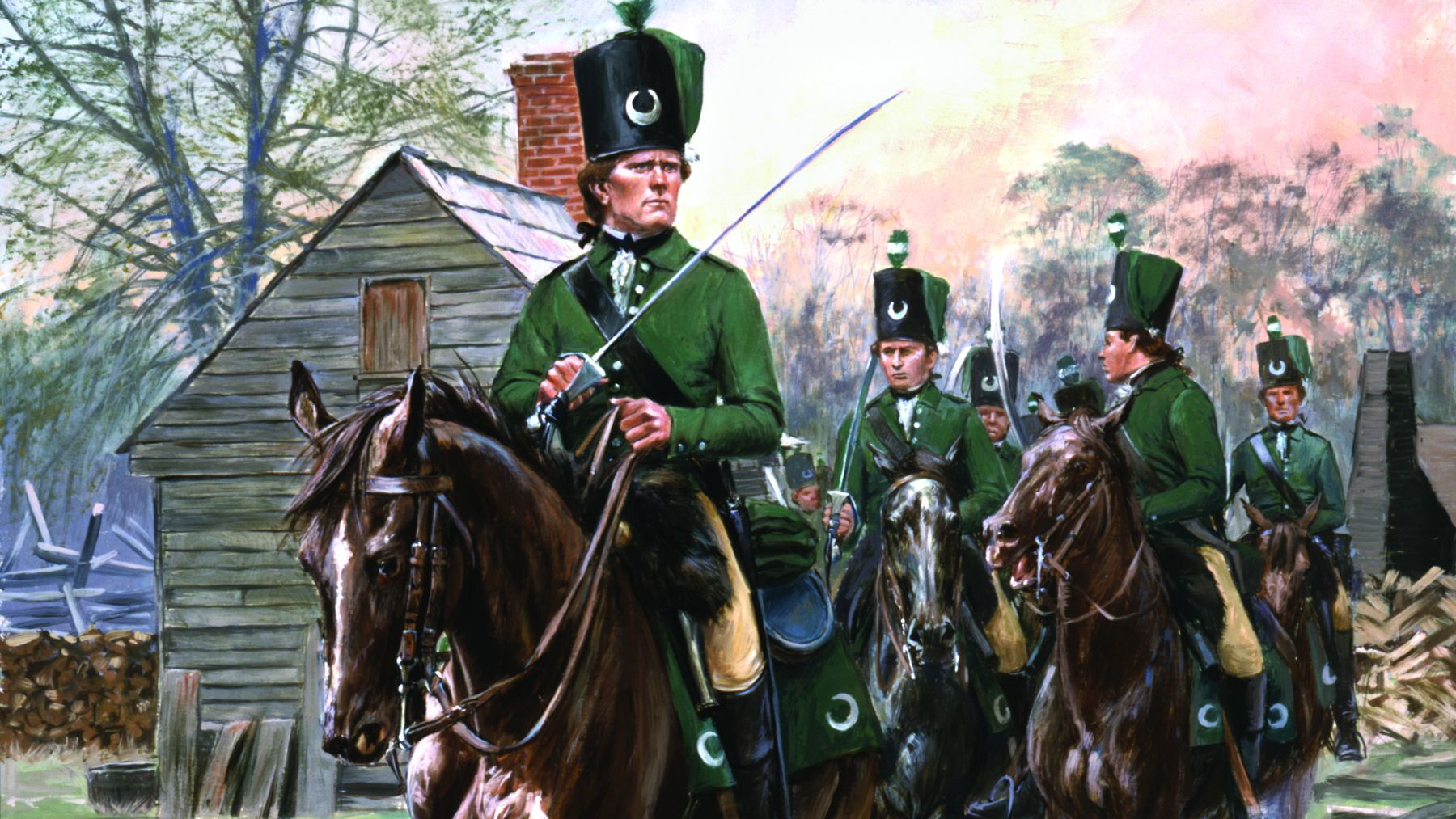
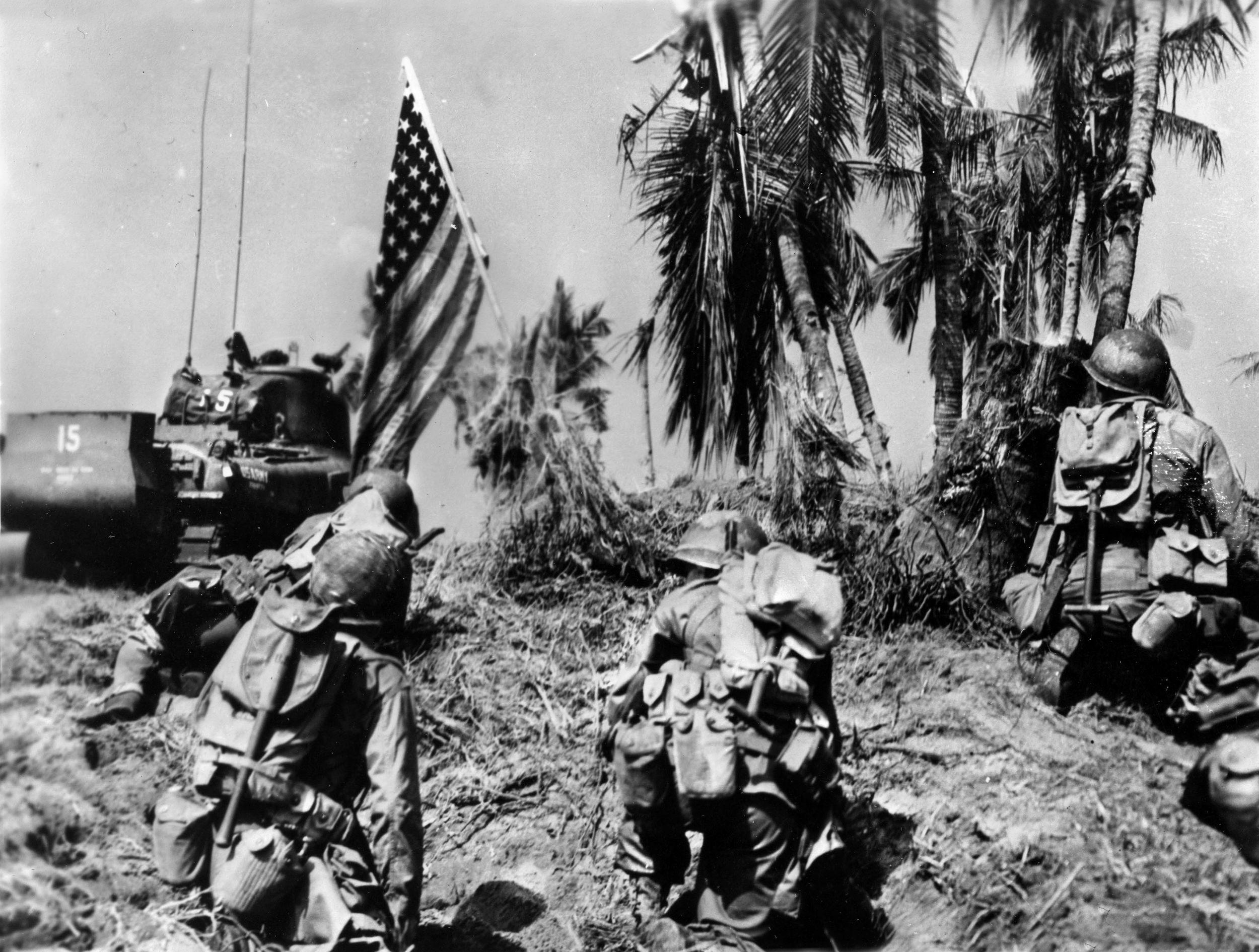
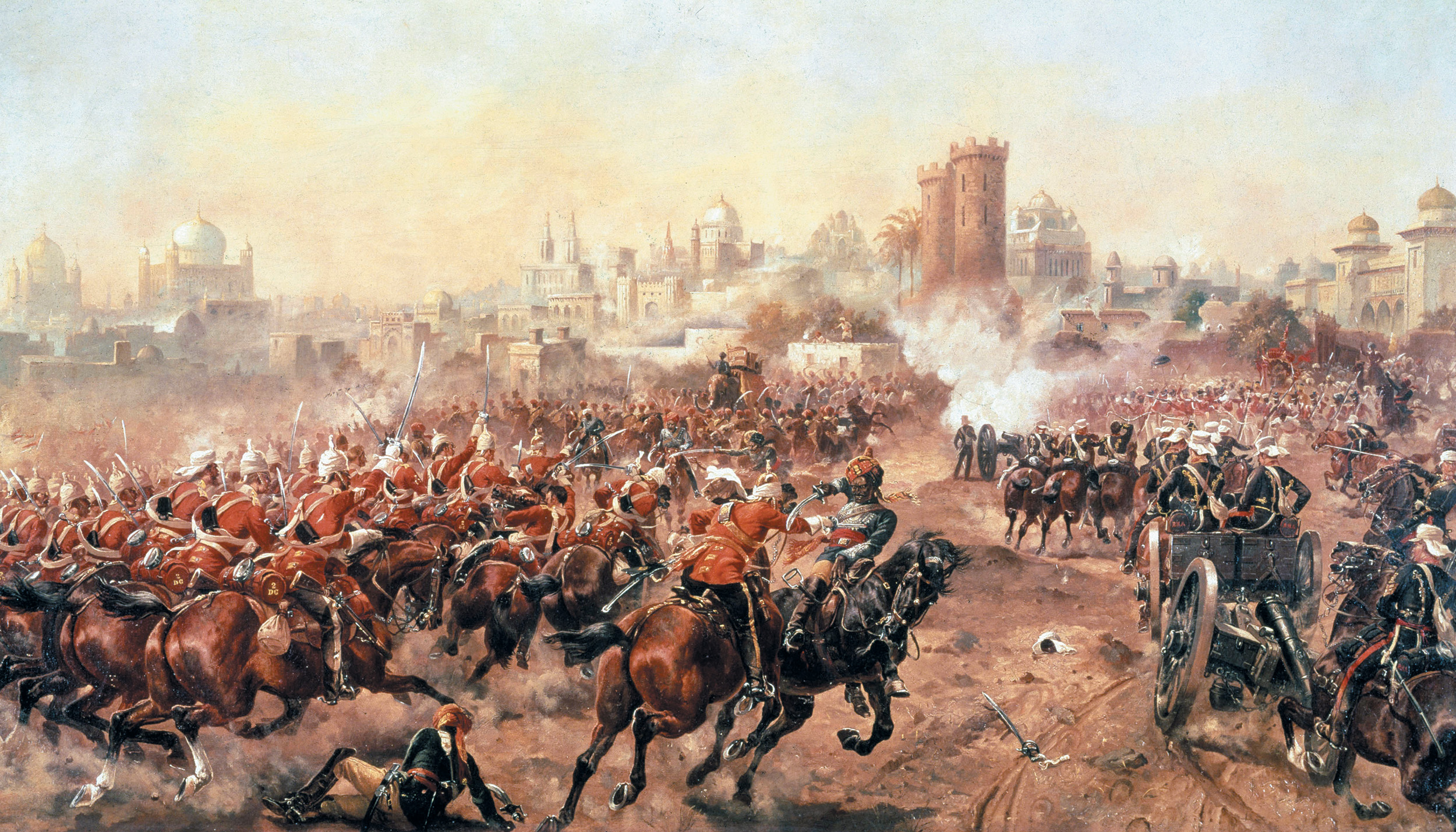

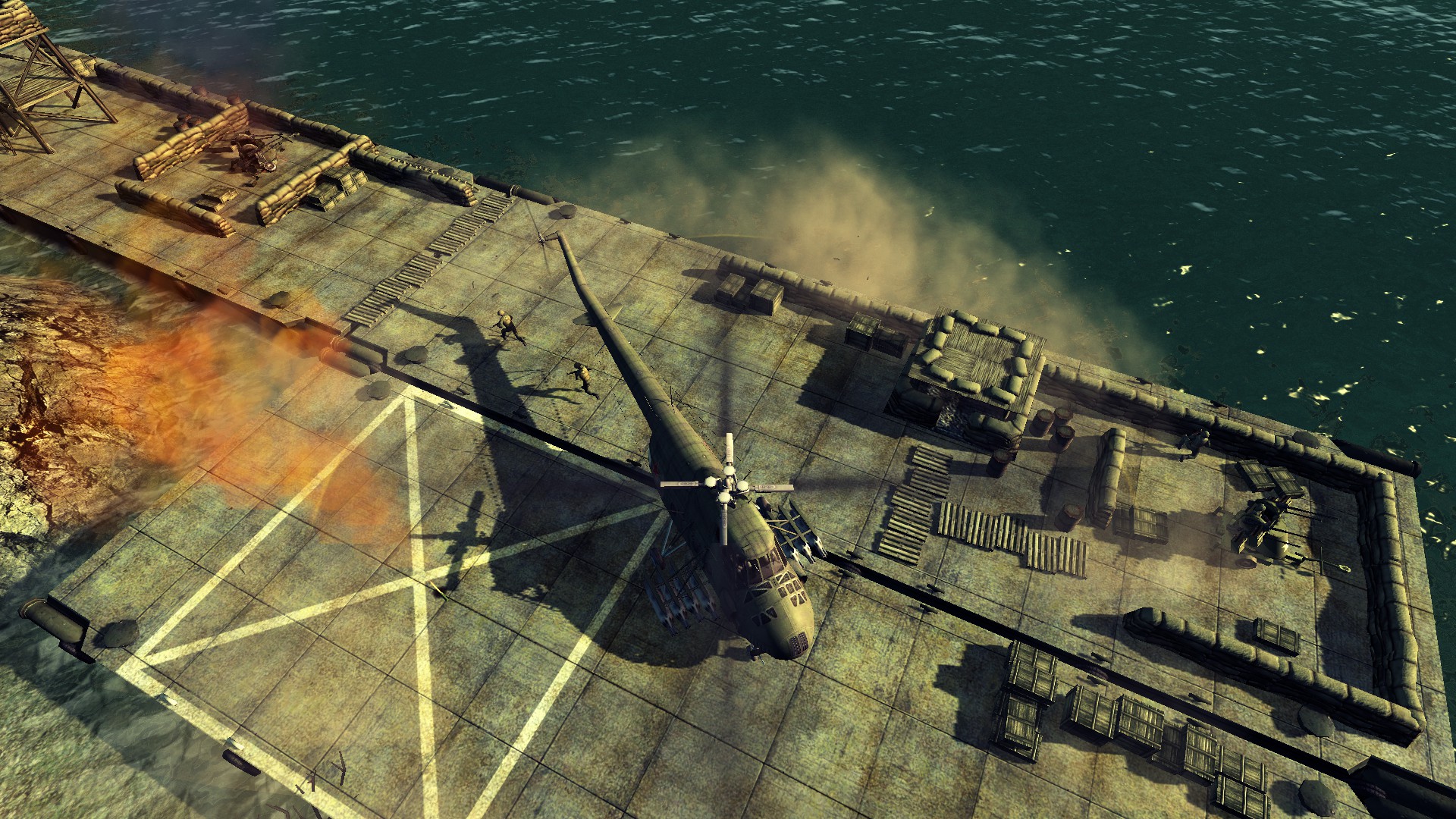
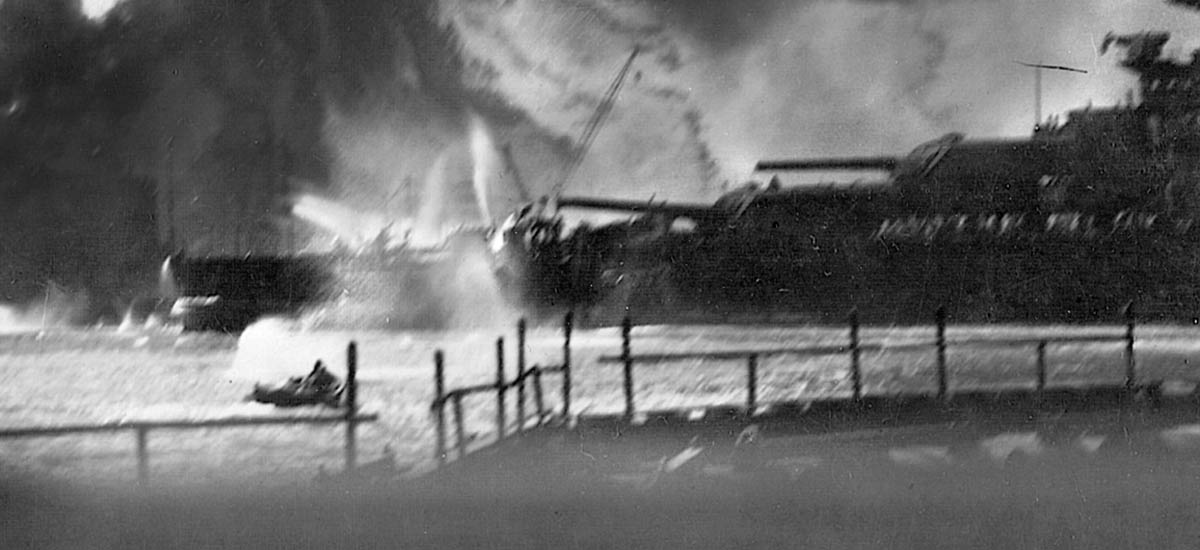
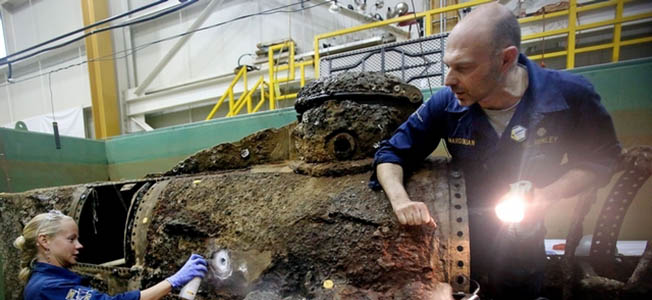
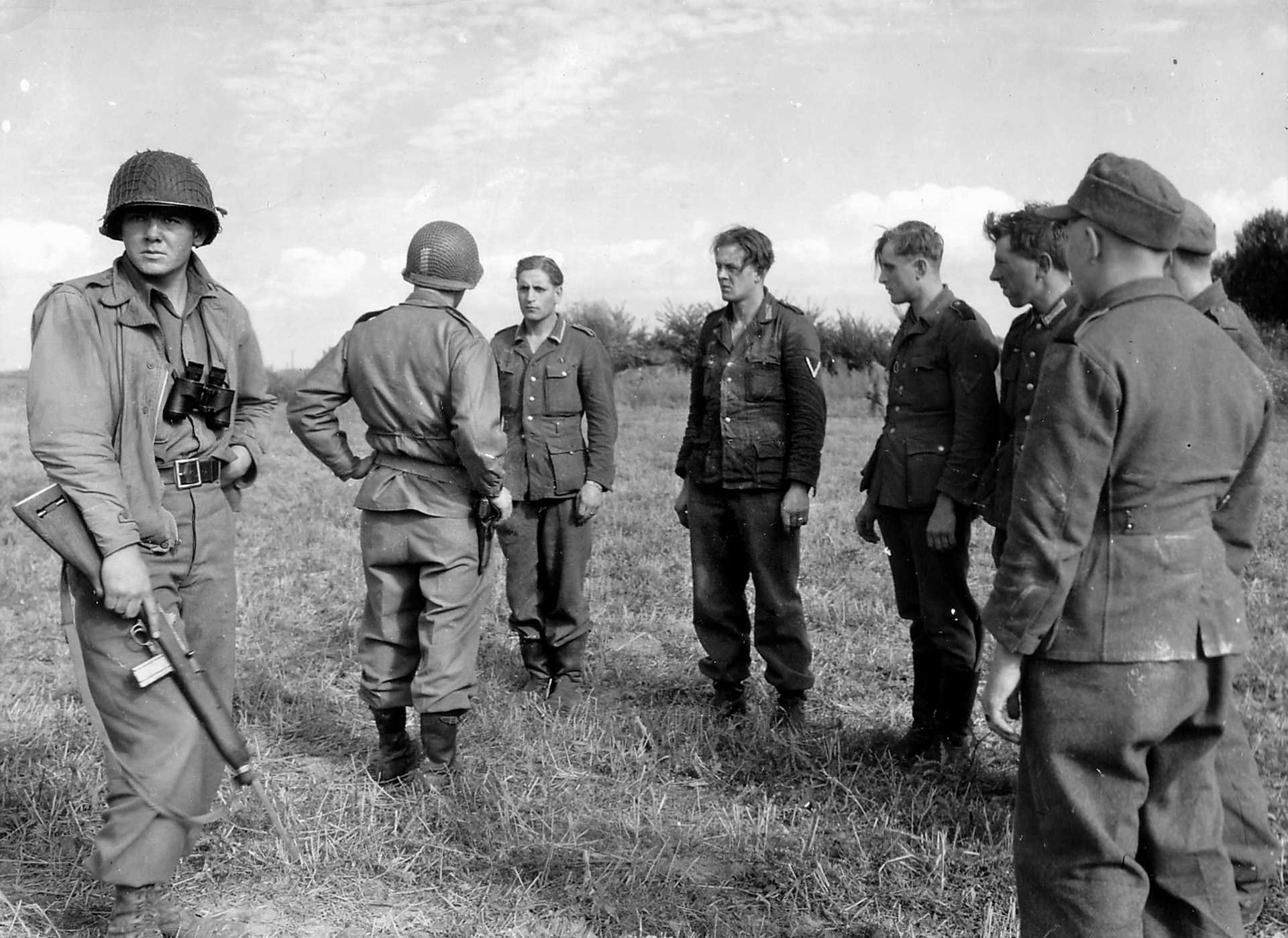
Remember the fall of the Berlin Wall quite well. Remember the entire period from the fall of the Berlin Wall to the end of the USSR quite well. Was a young US captain on active duty during this period. We never thought Communism in Europe would collapse absent World War III. Now, just every former Warsaw Pact country is now a member of NATO.